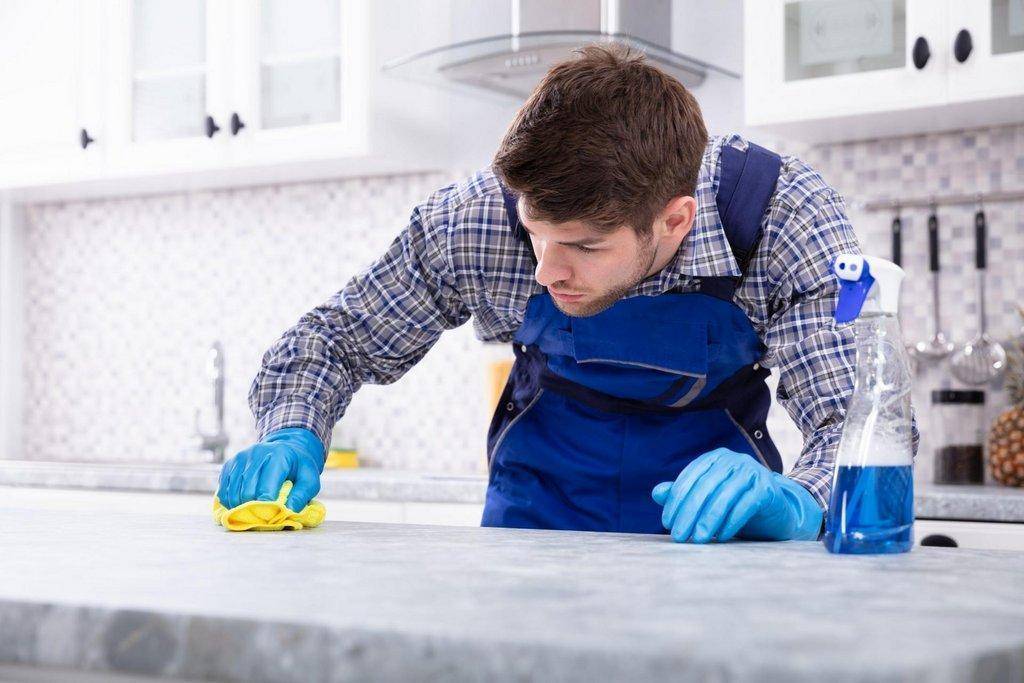By Emma Parkhurst, USU Extension Assistant Professor
We all know it is important to clean and disinfect to reduce the risk of getting sick, but with many illnesses circulating, including the common cold, flu, RSV, hand-foot-mouth disease, and the COVID virus, now is an important time to reevaluate hygiene habits. How often do you clean and disinfect items that are used daily? Can you reinfect yourself with items such as a toothbrush or reusable water bottle? Consider this information.
Toothbrushes – According to the Centers for Disease Control and Prevention (CDC), we now know the risk of catching COVID after touching a contaminated surface, such as a door handle, is low. But, what about personal items like a toothbrush – is there a risk for reinfection? Although it’s commonly recommended to replace your toothbrush after an illness due to the chance of becoming re-infected, professionals agree this isn’t typically true for viruses. After your body has fought off a virus, such as the flu or COVID, in most cases your immune system will have developed the necessary protection to prevent reinfection of that particular virus.
With that being said, it is possible to infect others if the contaminated toothbrush comes into contact with another brush. Additionally, a toothbrush can be the cause of reinfection of a bacterial illness, such as strep throat. Since bacteria will die in the presence of oxygen, bacteria on a toothbrush that properly air dries between each use generally is not an issue for reinfection. However, bacteria can colonize if the bristles do not dry completely, which is why some professionals agree it is best practice to replace a brush after a bacterial illness. The CDC recommends against using dishwashers, microwaves or other means to disinfect toothbrushes, as these methods may damage the brush.
Water bottles – How do you avoid reinfection from a commonly used item that travels back and forth with most people? According to Michigan State University Extension, you should wash the bottle in hot water with a teaspoon of unscented dish soap each day to reduce the risk of illness from bacterial growth. Soak the bottle in soapy water for a few minutes, rinse it well using warm water and allow it to completely dry before the next use.
Alternatively, you can clean and sanitize bottles in the dishwasher if they are dishwasher safe. Avoid letting your water bottle sit with water left in it for long periods of time. Although COVID and the flu primarily spread through respiratory droplets from an infected person’s coughs or sneezes, experts recommend washing and sanitizing bottles after each use. Do not share a water bottle with someone who has cold-like symptoms.
General cleaning and disinfecting – To reduce the risk of infection from most illnesses, consider the following recommendations:
- Clean regularly using a household cleaner that contains soap or detergent. Using this type of cleaner will reduce the number of germs on surfaces, which decreases the risk of infection. Areas to focus on include high-touch surfaces such as light switches, electronics, doorknobs, countertops, etc.
- If someone in your household is ill or someone who has been in your home within the last 24 hours falls ill, it is recommended to disinfect to kill any remaining germs. Always follow the directions of the disinfectant and wash your hands immediately after use.
- Wear a mask when cleaning areas the sick person used, and open windows and use fans to help increase airflow.
- Remember all the usual precautions: wash your hands or use hand sanitizer when water and soap are not available, cover your nose and mouth when you sneeze or cough, avoid close contact with sick people and avoid sharing personal items with them, immunize yourself from infectious diseases, and stay home when you do not feel well.

